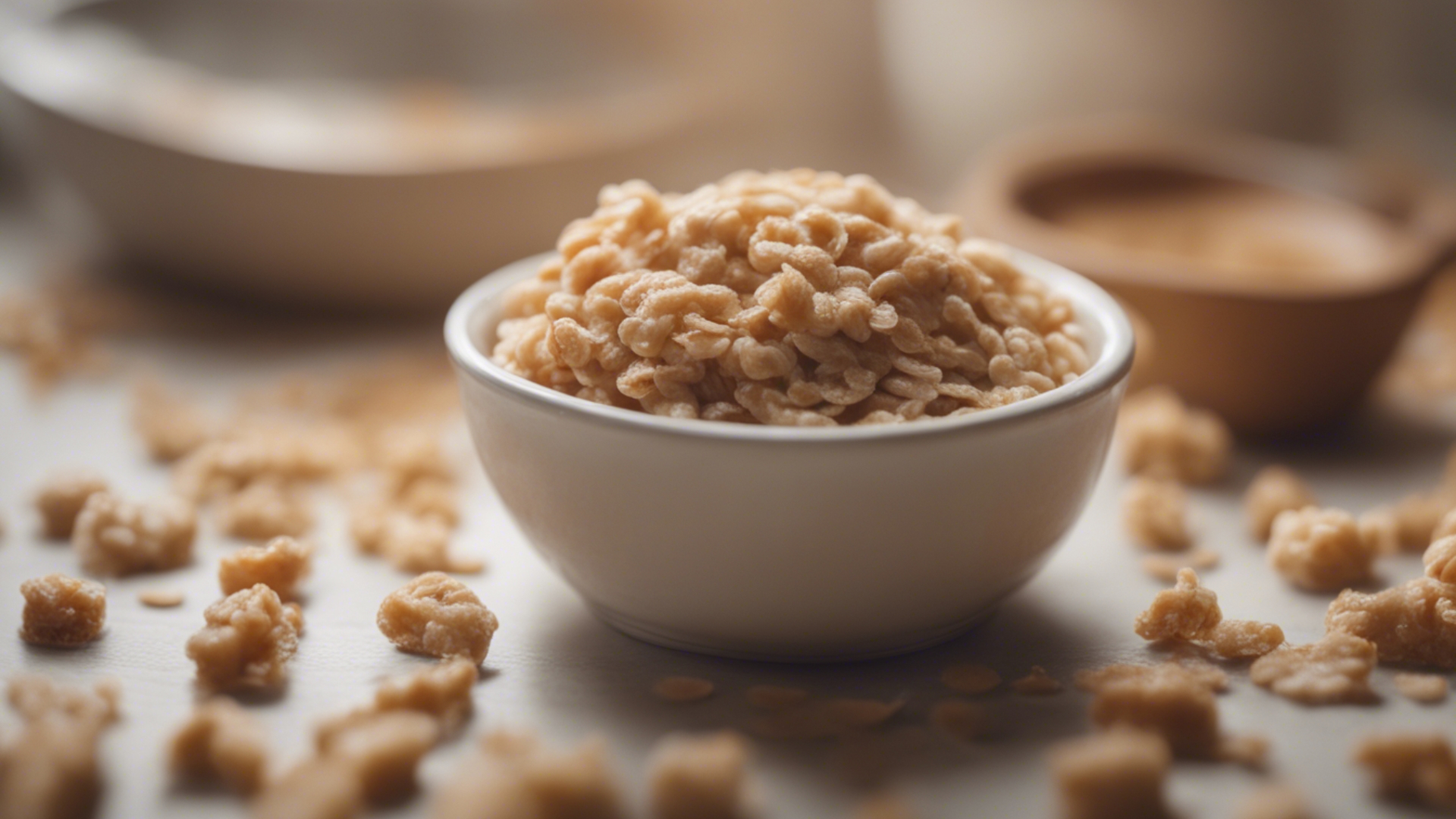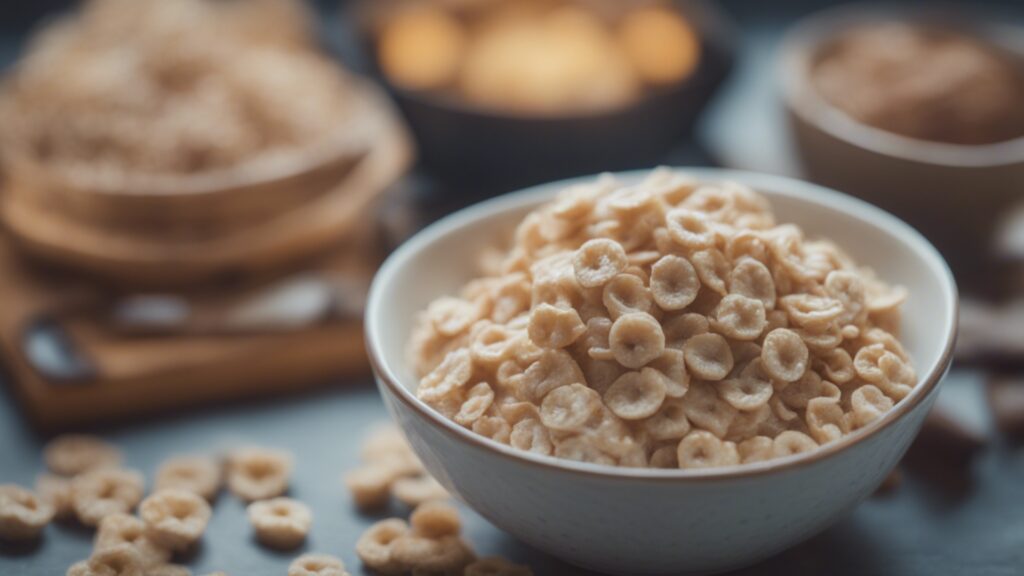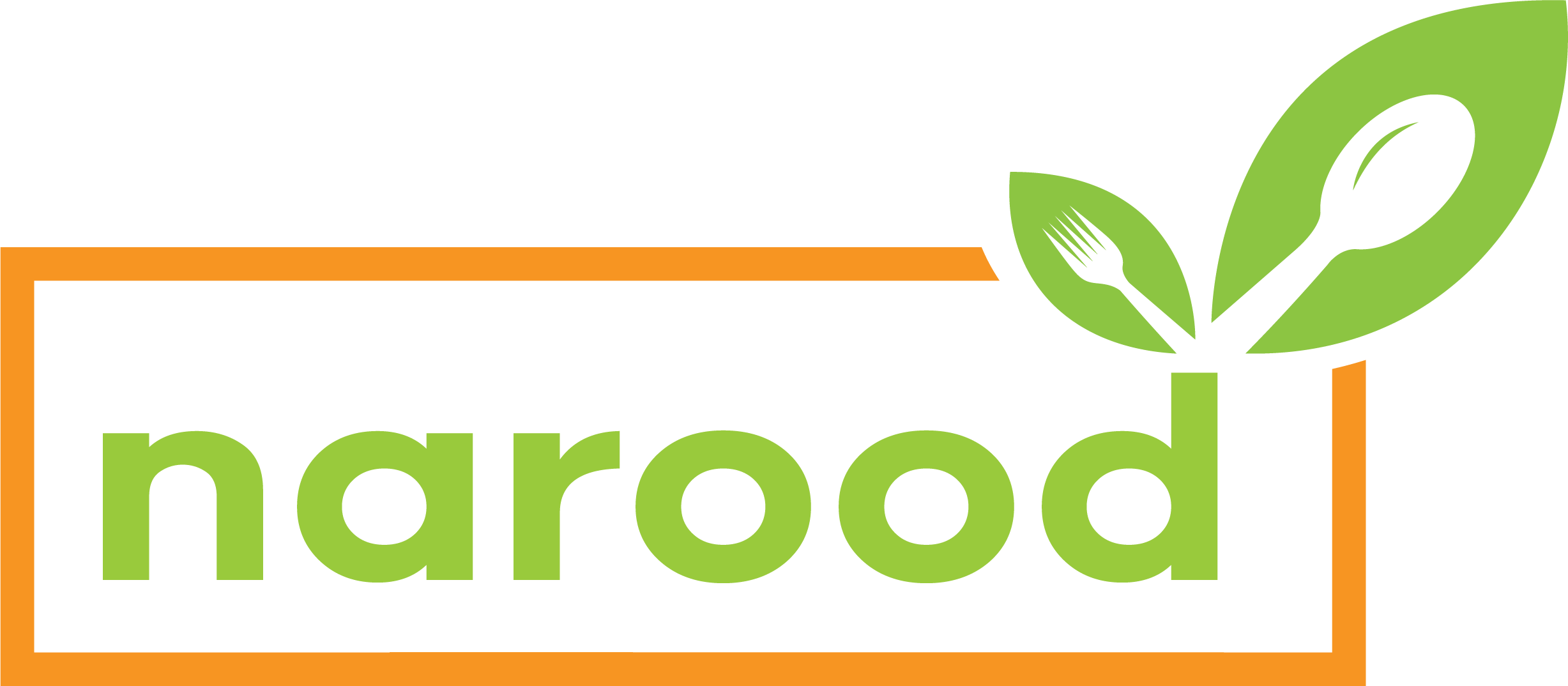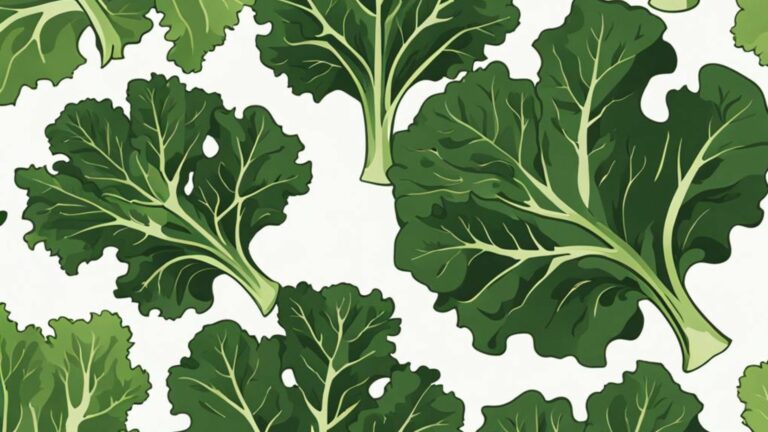
Cereal and oatmeal are popular breakfast options, but they have key differences.
Cereal is often quick and convenient, while oatmeal offers more fiber and nutrients. Ultimately, the choice depends on personal preference and nutritional needs.
| Comparison | Cereal | Oatmeal |
|---|---|---|
| Taste | Varies depending on the type and flavor | Mild, nutty flavor |
| Preparation Time | It can be flavored with toppings like fruits, nuts, honey, or cinnamon. | Requires cooking, usually takes about 5-10 minutes |
| Nutritional Value | It varies depending on the type and brand, but many cereals are fortified with vitamins and minerals. | High in fiber, protein, and various micronutrients, such as manganese and phosphorus |
| Versatility | There is a wide range of prices depending on the brand and type | It can be flavored with various toppings like fruits, nuts, honey, or cinnamon. |
| Satiety | Might not keep you full for a long time as some cereals are high in sugar and low in fiber | High in fiber and protein, which helps keep you feeling full and satisfied |
| Cost | It can be eaten dry or with milk and combined with fruits, nuts, or yogurt. | Relatively inexpensive, especially when buying in bulk |
Cereal vs. Oatmeal: a Nutritional Comparison

Cereal and oatmeal are two popular breakfast options. Both offer convenience and a quick way to start your day.
However, they differ in terms of their nutritional content and health benefits.
This article will compare cereal and oatmeal to help you decide which breakfast is best.
1. Nutritional Content
One of the main differences between cereal and oatmeal is their nutritional content.
Cereal is often fortified with various vitamins and minerals, making it a good source of nutrients.
On the other hand, oatmeal is a whole-grain food naturally rich in fiber and contains several important nutrients.
Cereal:
Cereal typically contains a variety of grains, such as wheat, corn, or rice. Many types of cereal also contain added sugar.
While some cereals are marketed as “healthy” options, it’s important to check the ingredient list and choose ones that are low in sugar and high in fiber.
Oatmeal:
Oatmeal is made from whole oats, which are a good source of dietary fiber and rich in vitamins, minerals, and antioxidants.
Oatmeal contains a type of soluble fiber called beta-glucan, which has been shown to help lower cholesterol levels and improve heart health.
2. Fiber Content
Fiber is an essential nutrient that plays a crucial role in digestion, promoting feelings of fullness, and maintaining a healthy weight.
Both cereal and oatmeal contain fiber, but oatmeal generally has a higher fiber content than most cereals.
Cereal:
The fiber content in cereal varies depending on the brand and type. Some cereals are fortified with fiber, while others may contain minimal amounts.
It’s important to read the nutrition label and choose cereals high in fiber and low in sugar.
Oatmeal:
Oatmeal is an excellent source of fiber, particularly soluble fiber. A half-cup serving of cooked oatmeal contains about 4 grams of fiber.
The high fiber content in oatmeal can help promote healthy digestion and regulate blood sugar levels.
3. Sugar Content
Sugar is a major concern when it comes to breakfast cereals.
Many cereals are loaded with added sugars, which can contribute to weight gain, dental problems, and an increased risk of chronic diseases such as type 2 diabetes.
Cereal:
Some cereals are marketed as “healthy,” but they can still contain high amounts of added sugars.
It’s essential to read the nutrition label and choose cereals low in sugar. Aim for cereals that have less than 5 grams of sugar per serving.
Oatmeal:
Oatmeal, when plain and unflavored, contains minimal amounts of sugar. However, many flavored oatmeal packets can be high in added sugars.
To control the sugar content, it’s best to choose plain oatmeal and add your natural sweeteners, such as fresh fruits or a drizzle of honey.
4. Health Benefits
Both cereal and oatmeal offer different health benefits based on their nutritional content.
Cereal:
Cereal can be a good source of vitamins and minerals when fortified. It is also a convenient option for those always on the go.
However, many cereals are highly processed and lack the fiber and nutrients in whole grains like oatmeal.
Oatmeal:
Oatmeal is a nutritious whole-grain food that offers many health benefits. It is high in fiber, helps regulate blood sugar levels, and promotes healthy digestion.
Oatmeal is also a good source of antioxidants and can help lower cholesterol levels.
Frequently Asked Questions
1. Is cereal a healthier choice than oatmeal?
It depends on the type of cereal and oatmeal. Certain cereals with high sugar content may not be as healthy as plain oatmeal.
Choose whole grain cereals or oatmeal for a healthier option.
2. Can oatmeal help with weight loss?
Oatmeal is high in fiber, which can help you feel full and may aid in weight loss. It’s a good choice for a filling and nutritious breakfast.
3. Are there any benefits to eating cereal?
Cereal can be a convenient and quick breakfast option.
Some cereals are also fortified with vitamins and minerals, making them a source of additional nutrients.
4. Is cereal a good source of fiber?
Not all cereals are high in fiber. Look for whole grain or bran cereals, which have higher fiber content.
5. Can oatmeal help lower cholesterol?
Oatmeal contains soluble fiber that can help lower LDL cholesterol levels. Regular consumption and a healthy diet can contribute to improved cholesterol levels.
6. Does oatmeal have a high glycemic index?
Oatmeal has a moderate glycemic index, meaning it can cause a gradual rise in blood sugar levels. However, it is still considered a healthy choice for most people.
7. Is cereal a good source of protein?
Cereal is typically low in protein. Add milk, yogurt, or nuts to your cereal to enhance its protein content.
8. Can oatmeal be eaten on a gluten-free diet?
Oats are gluten-free but may be contaminated with gluten during processing. Look for certified gluten-free oatmeal if you have celiac disease or gluten sensitivity.
9. Are there any potential downsides to eating cereal?
Some cereals contain added sugars and artificial ingredients. Read labels carefully and choose cereals with minimal added sugars and whole grains.
10. Can oatmeal be flavored without adding sugar?
Oatmeal can be flavored with various healthy options, such as fruits, nuts, cinnamon, or vanilla extract.
These additions can enhance the taste without relying on added sugar.
Conclusion
In conclusion, both cereal and oatmeal offer different nutritional benefits. Cereal can be a convenient option, but it’s important to choose ones that are low in sugar and high in fiber.
Conversely, oatmeal is a whole-grain food naturally high in fiber and contains several important nutrients.
It can help regulate blood sugar levels, promote healthy digestion, and lower cholesterol levels.
Ultimately, the best option depends on your personal preferences and dietary goals.
It’s always a good idea to read the nutrition label and choose breakfast options that fit into a balanced diet.






